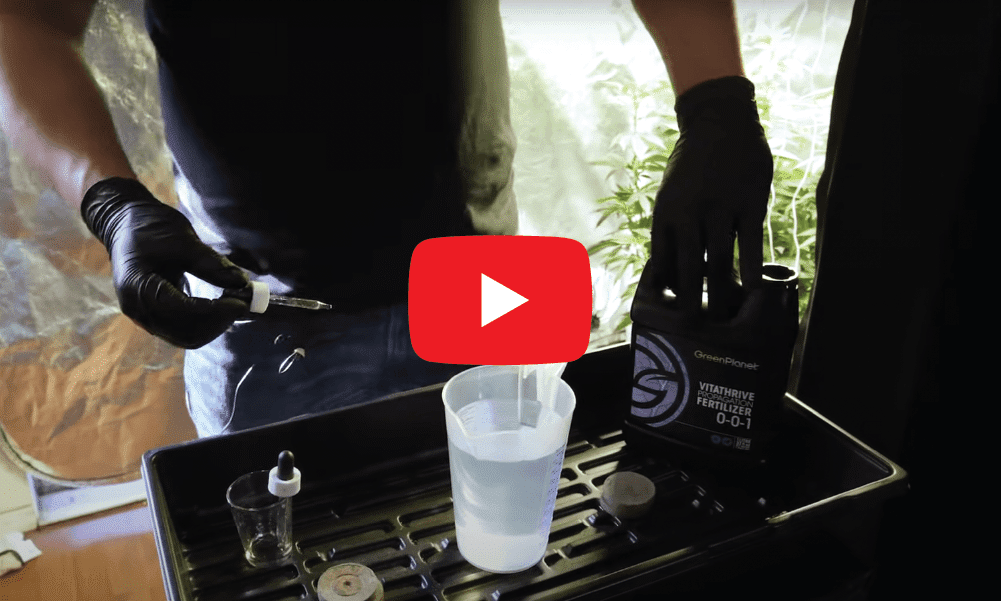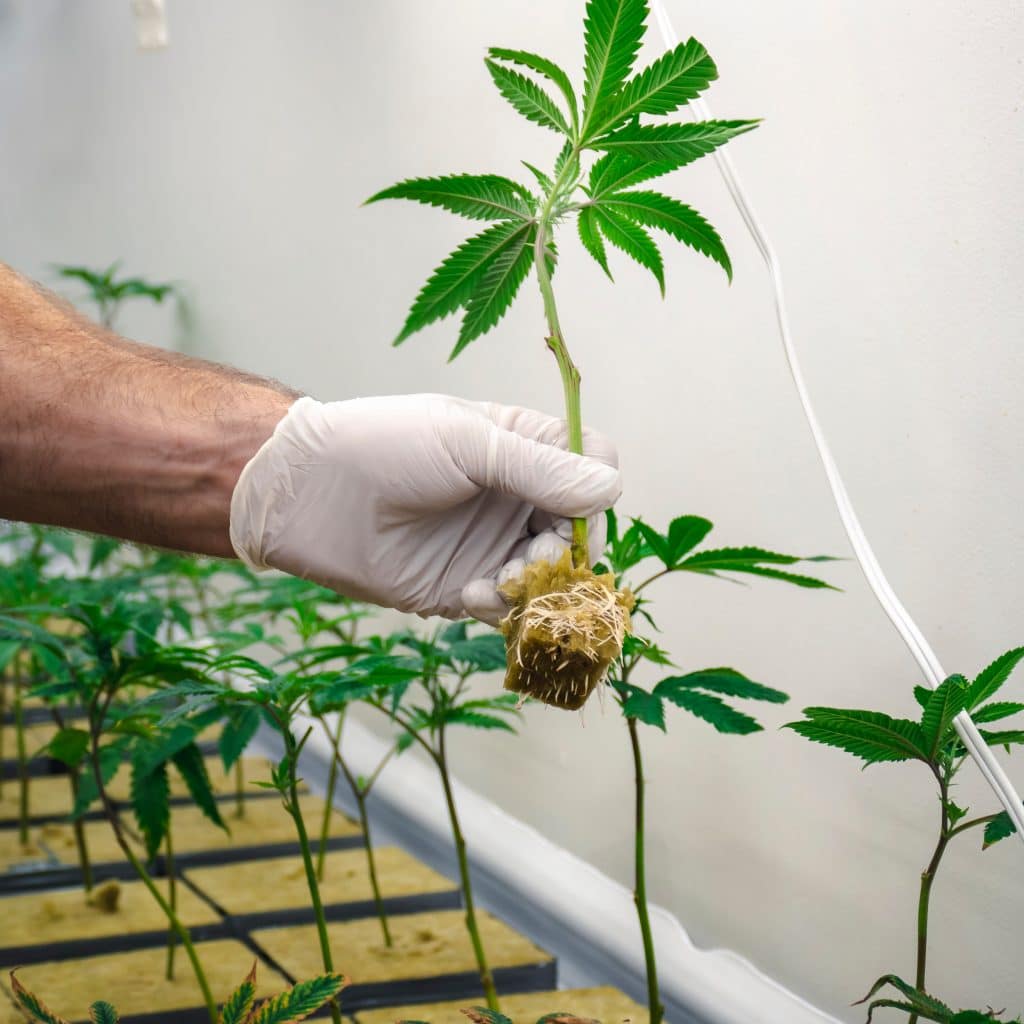Choosing the Ideal Water for Plant Cultivation

Water, the primary building block of life, plays a pivotal role in plant growth. The type of water used for irrigation can significantly affect the health and yield of your plants. This guide will take you through various water types and their suitability for plant growth, especially for cannabis cultivation.
The Importance of Water Quality in Plant Growth

When it comes to nurturing plants, the quality of water used can make a huge difference in the final results. Many people tend to use readily accessible tap water without considering the potential effects. Adding various products to the water for plant nutrition without monitoring the pH or EC levels can be damaging. This negligence increases the likelihood of plant diseases, attracts pests, and ultimately affects the quality of the crops. Therefore, ensuring water quality and adopting proper monitoring practices are crucial for successful plant growth.
Exploring Different Types of Water for Plant Growth
Let’s delve into the different types of water you can use for plant growth, whether they’re cannabis, ornamental plants or flowers.
Tap Water
Tap water, due to its convenience, is a common choice for watering plants. However, its suitability largely depends on your geographical location as water properties tend to vary. Tap water can be classified as hard (EC + 0.8), medium (EC + 0.4), or soft (EC – 0.4), with a typically alkaline pH over 7.0. It may contain additives like lime, chlorine, and fluoride, which can negatively impact soil health and quality.
To put this into perspective, Canadian tap water is generally considered to be hard, or extremely hard. To make tap water suitable for plants, you can employ certain measures. Letting the water to stand for around 24 hours allows minerals and components to settle at the bottom of the tank. Alternatively, using an osmosis filter can purify the water, making it safe for consumption.

Distilled Water
Available in supermarkets and drug stores, distilled water is devoid of minerals and microorganisms, making it an excellent choice for plants. However, its lack of minerals makes it unsuitable for continuous use. When using it for plants, remember that it usually has a pH above 7.0 and an EC of 0.0. To make it fit for plant growth, adjust the pH and add calcium and magnesium until reaching a 0.4 EC.
Distilled water is produced through a process called distillation, where the water is heated until it vaporizes. The vapor is then cooled to condense the water, leaving behind any other components that evaporated during the process.
Air Conditioner Water
Air conditioner water, collected from your air conditioner, can be used for watering your plants as it’s essentially distilled water. However, depending on the age of your AC unit and its design, it may have an EC of 0.4 rather than 0.0. Its pH is usually over 7.0.
Reverse Osmosis Water
Reverse osmosis water is akin to distilled water, although not entirely pure. It doesn’t eliminate all minerals and impurities like lime and chlorine. By installing a high-quality osmosis filter, you can easily obtain reverse osmosis water at home. Typically, osmosis filters produce water with less than 0.4 EC and around a 7.0 pH, making it suitable for both drinking and watering plants without requiring additional modifications.
Reverse osmosis water is produced by filters that capture minerals and other unwanted elements in the water. The purity of the water depends on the filter and its model, resulting in varying levels of purity.
Rain Water
Rainwater, collected directly from nature, is obtained by storing rain in tanks for later use. While it is generally not considered potable, it can be effectively used for watering various types of plants. As rain gathers, it naturally eliminates harmful elements, and since plants in nature thrive on rainwater, it is considered one of the purest fresh waters on Earth. Rainwater usually has a pH close to 7.0 and an EC no higher than 0.4.
To obtain high-quality rainwater, set up a water collection system that remains as clean as possible to avoid absorbing any elements that could compromise water quality. Consider installing an impurity filter for added purification. For optimal results, use rainwater collected outside of cities, as urban rain is often contaminated due to its descent through polluted environments.

Check out our Resource Centre for more product information
Read More
- A guide on When to Harvest CannabisWhen it comes to growing cannabis, know when to harvest cannabis is crucial. Harvest too early and you’ll end up with lower potency and reduced… Read more: A guide on When to Harvest Cannabis
- A guide to Coco CoirCoir (pronounced coy-er) is a natural fiber derived from the outer husk of coconuts. Once the coconut’s edible parts are removed, the husk is processed… Read more: A guide to Coco Coir
- What are the Macronutrients Plants need?When it comes to plant nutrition, balance is everything. Just like humans need a mix of nutrients to thrive, plants rely on a precise combination… Read more: What are the Macronutrients Plants need?




















































































